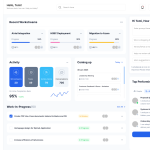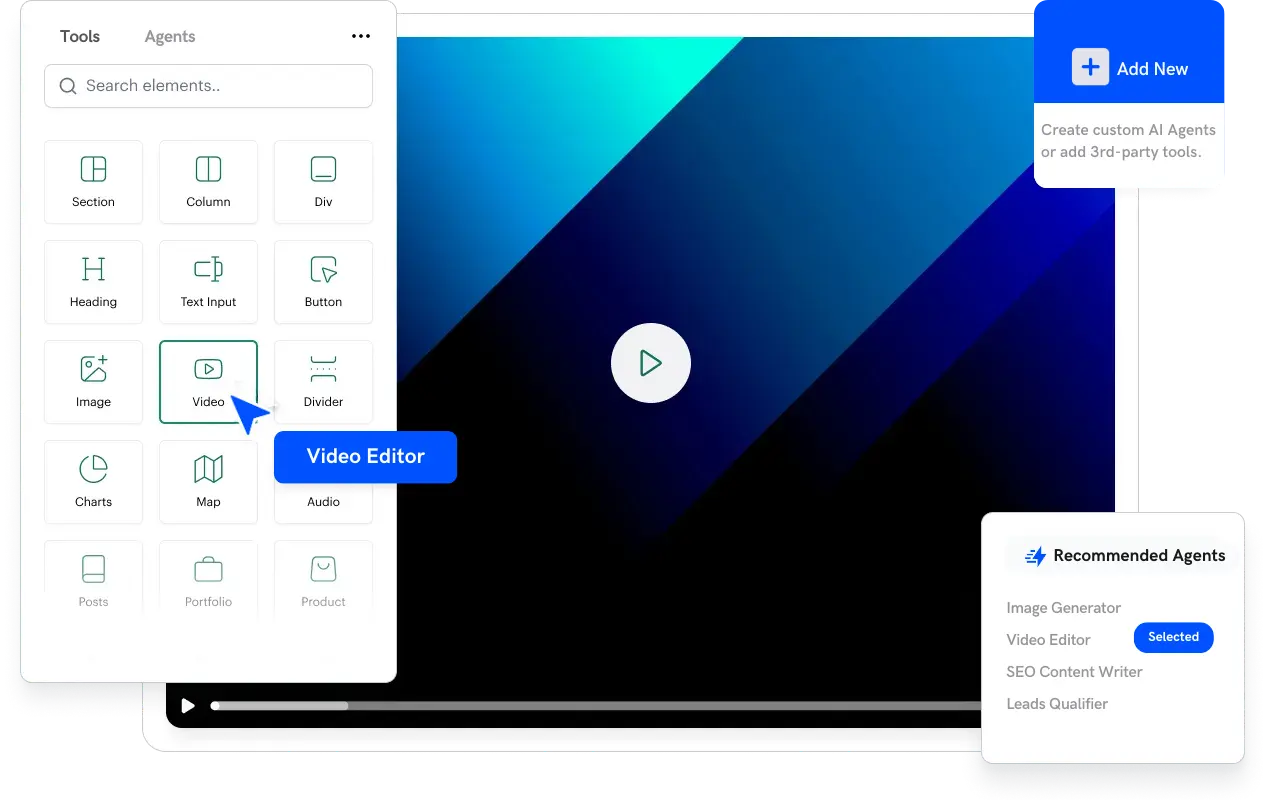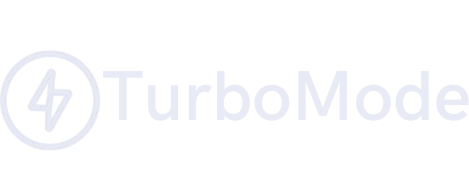Key Performance Indicators (KPIs) are essential for measuring progress, setting targets, and driving continuous improvement in any organization. As workplaces adopt AI-driven tools, the nature of KPIs is evolving to capture both quantitative outcomes and qualitative improvements. Research from Harvard Business Review shows that companies that effectively utilize data-driven KPIs see significant enhancements in efficiency and profitability. This article explores critical KPIs for an AI-driven workplace, offering insights on how to implement and leverage these metrics for sustained growth.
Defining KPIs in an AI-Driven Environment
KPIs in the modern workplace must account for a range of factors:
- Output Metrics:
Measures of productivity, such as the number of tasks completed or projects delivered on time. - Efficiency Metrics:
Analyses of how effectively resources are used, including time per task and error rates. - Engagement Metrics:
Indicators of employee satisfaction and involvement, which are increasingly important in AI-enhanced environments. - Innovation Metrics:
How AI tools contribute to new ideas, improvements, and overall creative output.
Essential KPIs for Today’s Workplace
- Task Completion Rate:
The percentage of tasks completed on time, which reflects both individual and team efficiency. - Error Reduction Rate:
The decline in errors resulting from automated processes compared to manual methods. - Employee Engagement Scores:
Regular surveys and analytics that measure how engaged and satisfied employees are. - Cycle Time:
The time it takes to complete a project or task from inception to conclusion. - Customer Satisfaction Ratings:
Feedback from clients that indicate the quality and efficiency of service delivery. - Innovation Index:
A composite measure that captures the impact of AI on generating new ideas and improvements.
Using AI Analytics to Measure KPIs
Advanced AI tools not only track these KPIs but also provide actionable insights:
- Real-Time Dashboards:
AI-powered dashboards display current performance metrics, enabling quick decision-making. - Predictive Analytics:
AI systems can forecast future performance trends based on historical data, allowing proactive adjustments. - Automated Reporting:
Regular, automated reports ensure that all relevant stakeholders stay informed.
TurboMode AI
TurboMode AI plays an integral role in optimizing KPIs by capturing actionable items from meetings and communications and translating them into tasks. This seamless automation helps ensure that KPIs are consistently met.
“We’re shifting the game from managing work to getting work done.”
Experience how TurboMode AI can enhance your KPI tracking—book a demo today.
Implementation Strategies
- Define Clear Objectives:
Establish what success looks like by setting specific, measurable goals that align with your organizational vision. - Select the Right Tools:
Choose AI solutions that provide the data and analytics needed to measure and manage these KPIs effectively. - Monitor Consistently:
Use real-time dashboards and periodic reports to continuously monitor performance. - Incorporate Feedback:
Regularly review KPI data with your team to make adjustments and drive continuous improvement. - Celebrate Success:
Recognize achievements when KPIs are met, fostering a culture of transparency and motivation.
Research and Success Stories
A case study published by Deloitte noted that a mid-sized company using AI-driven KPI tracking improved its task completion rate by 20% and reduced overall cycle time by 15%. Another example is a tech firm that integrated real-time dashboards into its daily operations, resulting in a significant boost in both productivity and employee engagement.
Challenges and Mitigation Strategies
- Data Overload:
With so much data available, focus on the KPIs that matter most to your organization. - Alignment Issues:
Ensure that all departments have a clear understanding of how their performance is being measured. - Resistance to Change:
Provide training and support to help employees understand and embrace new KPI frameworks.
Future Trends
The measurement of workplace performance will continue to evolve. Future trends may include:
- Customized KPI Models:
AI-powered systems could develop tailored KPI models for different roles or teams. - Integration with IoT:
Real-time data from sensors and devices will feed directly into KPI dashboards. - Enhanced Data Visualization:
More intuitive and interactive dashboards will provide deeper insights into performance metrics.
Conclusion
KPIs for an AI-driven workplace are essential for steering organizations toward success in a competitive market. By leveraging advanced analytics and real-time tracking, businesses can gain a clear, actionable view of their performance. With solutions like TurboMode AI streamlining task execution from everyday interactions, you can ensure that your KPIs are not only met but continuously improved. Embrace these tools to create a data-driven culture that supports growth, innovation, and operational excellence.






